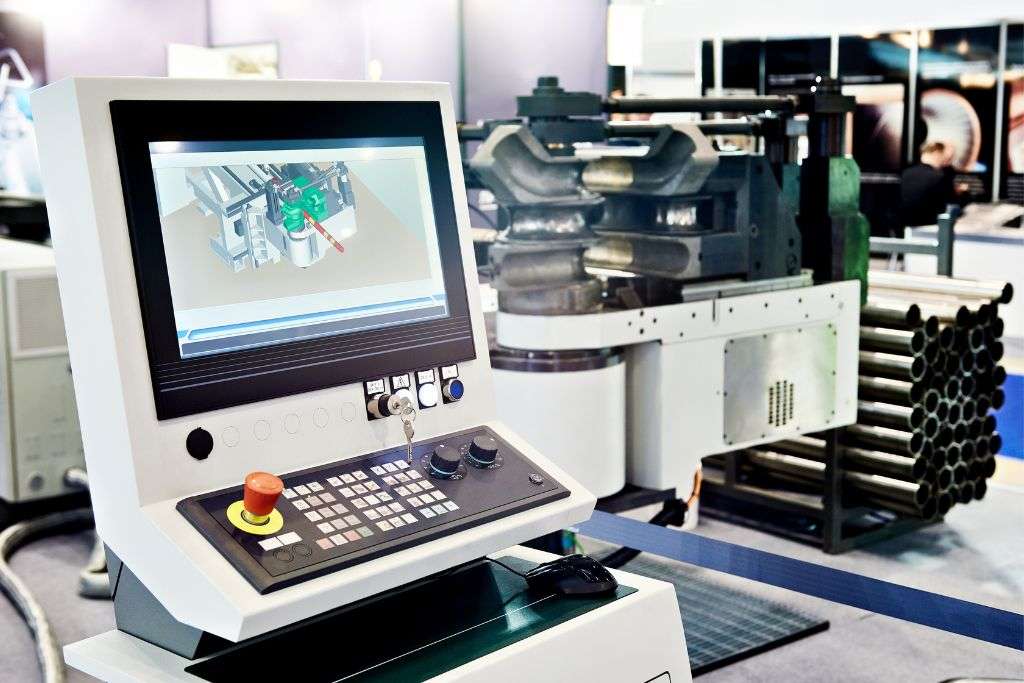
Aug 17,2023
In the fast-paced world of manufacturing, technology continues to evolve, leading to more efficient and precise methods of production.
One such innovation is the automation of CNC machines, a pivotal advancement in CNC manufacturing. This article delves into the concept of CNC automation and explores how it revolutionizes the manufacturing process.
CNC (Computer Numerical Control) machines have long been a staple in manufacturing, enabling the precise creation of intricate parts and components. However, the introduction of automation takes this technology a step further.
CNC automation involves the integration of automated systems into the CNC machining process. This synergy between computer control and automated mechanisms enhances productivity, accuracy, and consistency in CNC manufacturing.
Enhanced Precision: Automation reduces the possibility of human errors, ensuring a higher degree of precision in every machining task. This is particularly crucial in industries where even a minor error can lead to significant consequences.
Increased Productivity: Automated CNC machines can work tirelessly 24/7, drastically reducing production time. This boost in productivity leads to higher output without compromising quality.
Consistency: Human operators might experience fatigue, leading to variations in product quality. Automation eliminates this factor, ensuring consistent quality across all manufactured pieces.
Complexity Made Simple: CNC automation enables the handling of complex geometries that would be challenging for manual operators. This versatility opens doors to innovative designs and engineering solutions.
Reduced Labor Costs: While skilled operators are essential, automation reduces the need for constant human supervision, thus cutting down on labor costs in the long run.
Software Integration: The heart of CNC automation lies in the software that controls the machine. CAD (Computer-Aided Design) and CAM (Computer-Aided Manufacturing) software are used to create detailed designs and convert them into machine-readable code.
Sensor Integration: Automation relies on sensors to gather real-time data about the machining process. These sensors help detect any deviations from the desired parameters and enable the machine to make real-time adjustments.
Tool Changers: Automated tool changers allow the CNC machine to switch between different tools without manual intervention. This feature is vital for complex machining tasks that require multiple tool types.
Robotics and Handling Systems: Robots can be integrated with CNC machines to load and unload workpieces, further reducing the need for human involvement.
Initial Investment: Implementing CNC automation requires a significant upfront investment in terms of both hardware and software. However, the long-term benefits often outweigh this initial cost.
Skill Transition: Operators need to adapt to overseeing automated processes rather than manual operations. Training programs and upskilling initiatives are necessary for a seamless transition.
Maintenance and Support: Automated systems require regular maintenance and technical support to ensure smooth operations. Establishing a maintenance schedule is crucial to avoid unexpected downtime.
CNC automation marks a remarkable milestone in the evolution of CNC manufacturing. With its ability to enhance precision, boost productivity, and ensure consistency, it's a trend that's reshaping industries around the globe.
As technology continues to advance, the integration of automation with CNC machines will likely become even more sophisticated, paving the way for an era of unparalleled manufacturing efficiency and innovation.